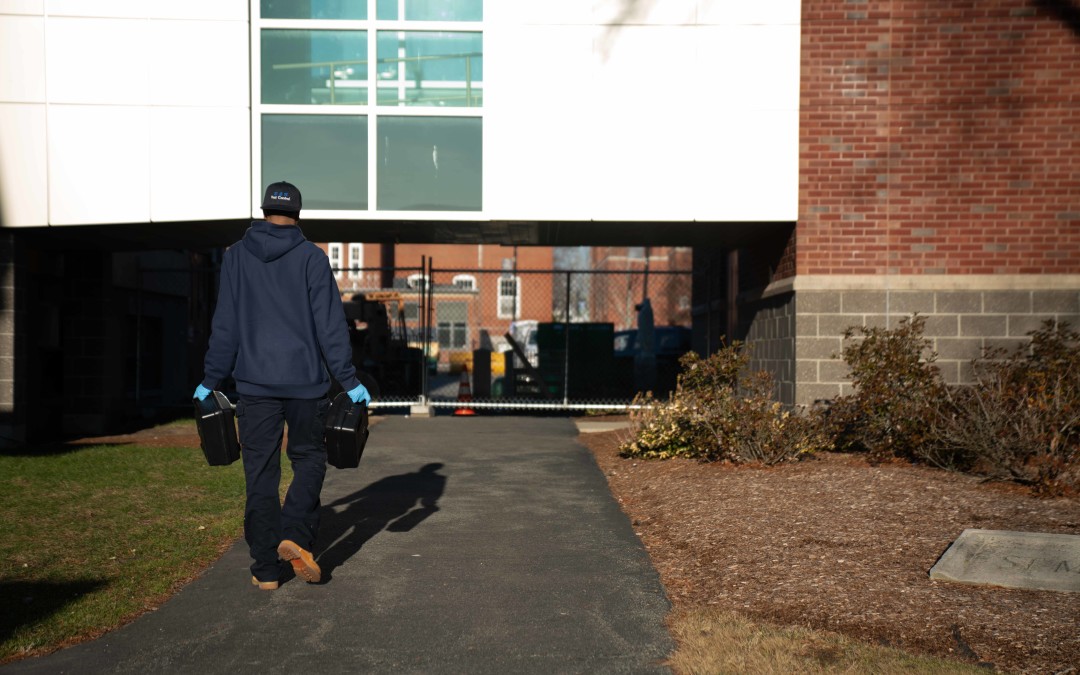Rash Epidemics Induced By Gypsy Moth Caterpillars Have Occurred Before In Massachusetts, And Many Victims Never Made Contact With The Insects
The non-native Gypsy Moth Caterpillar established an invasive presence in Massachusetts back in 1869. Although the Gypsy moth caterpillar initially escaped into a residential area of the state, the caterpillar managed to reach forested areas all over the northeast where they continue to defoliate a large amount of trees in the region to this day. The Gypsy moth caterpillar (GMC) was long considered an invasive insect pest that only posed an economic and environmental threat to trees in both urban and rural regions of the northeast, but a GMC outbreak in a residential area of Massachusetts in the early 1980s showed that the insects pose a public health threat as well.
In 1982, researchers found that the amount of reported rashes among residents of the Massachusetts towns of Lunenburg and Medway skyrocketed in conjunction with an outbreak of GMC in the area. A correlation between rash reports (pruritic dermatitis) and the GMC invasion was noticed rapidly by researchers. Some areas of Lunenburg and Medway saw a greater number of invading GMC than others, so researchers divided the towns into “high risk” and “low risk” areas in accordance with amount of GMC specimens collected in the areas. A telephone survey revealed that the “one-week risk of rash” was 10.4 percent among the 90 percent of residents living in the high risk areas of each town, while the risk was found to be 1.6 percent in low risk areas.
Unsurprisingly, many of the survey respondents who experienced a rash reported to have made contact with at least one GMC. But researchers also found that a sizable amount of rash victims reported to have never made contact with GMC. As it happens, it is not uncommon for residents of the northeast states to unknowingly make contact with the irritating hairs that protrude from the GMC’s body. During the early stages of a GMC’s development, they molt frequently on residential trees. This causes the caterpillar’s discarded hairs to blow through the wind where they make contact with resident’s skin, thus leading to rashes. Luckily, these rashes are not considered a serious medical threat, but individuals who experience breathing difficulties, rhinitis or blurred vision in response to GMC exposure may have an allergy to the insect’s toxins, and should seek medical attention.
Have you ever sustained an injury from a caterpillar of any species?

